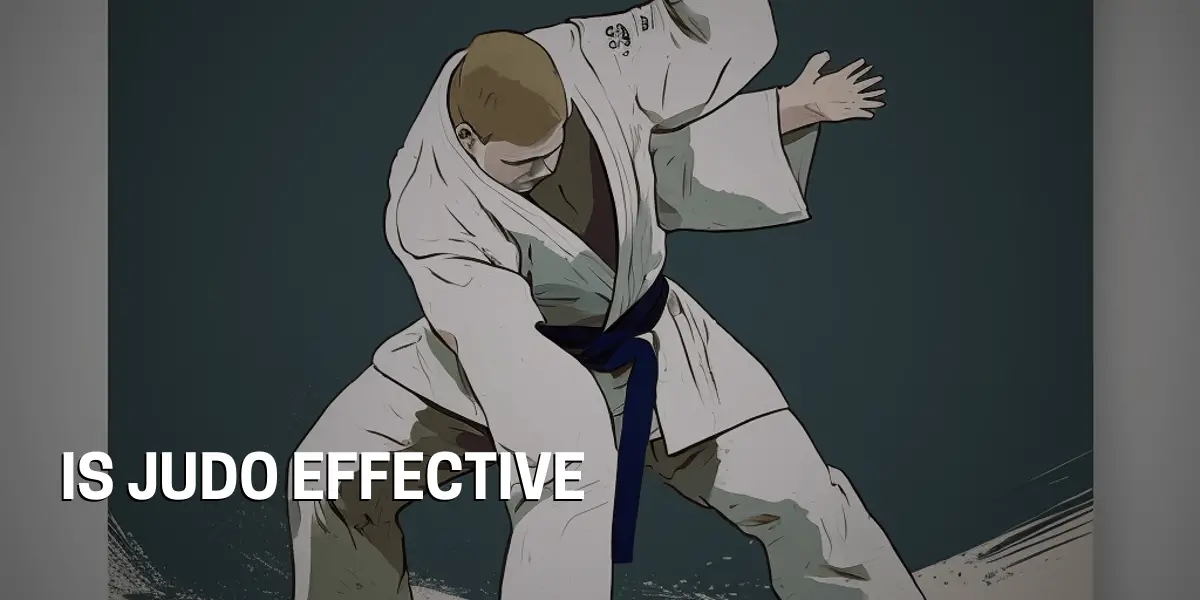Is Judo an Effective Martial Art?
How does judo differ from other martial arts? Judo is a form of self-defense that emphasizes technique over strength and size. This means that an individual does not have to rely on their physical size or strength to defend themselves.
In addition, judo is a great way to learn self-discipline and confidence. It requires focus and concentration in order to be successful.
Judo is also a good form of exercise and can help to improve physical fitness.
Finally, judo is an effective way to defend oneself in many situations.
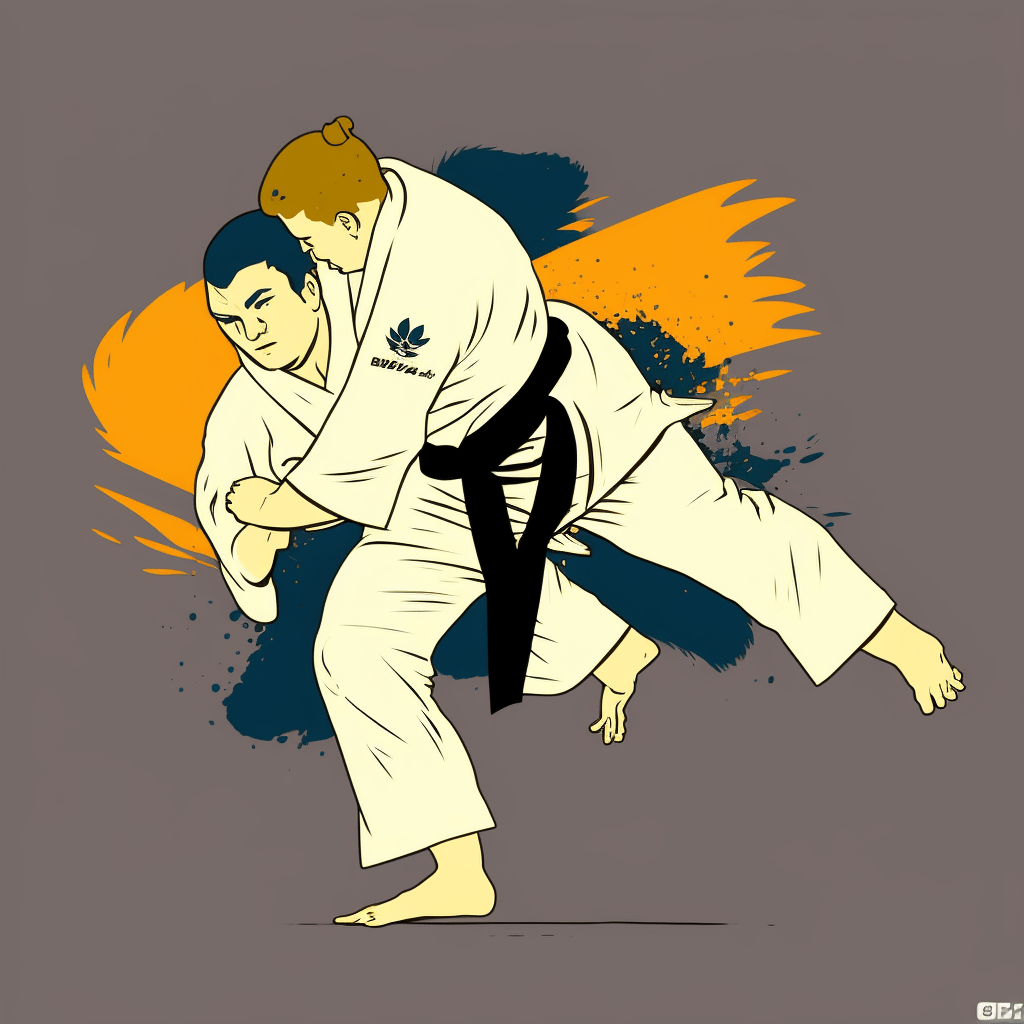
History
Judo is an incredibly effective martial art, and its popularity is growing around the globe. How did this martial art come to be? Jigoro Kano, the founder of judo, studied the ancient martial arts of jujutsu and developed a modern version that is focused on physical and mental discipline. Kano’s goal was to create a sport that was both safe and enjoyable to practice, and this goal was quickly realized.
In the early 20th century, judo began to spread to other countries and today it is practiced in over 200 countries, making it one of the most popular martial arts globally. Judo is also an official Olympic sport, and the International Judo Federation is the recognized governing body for the sport.
Techniques
Judo practitioners are able to use a range of throws, such as hip throws, shoulder throws, and sacrifice throws to off-balance their opponents. There are also grappling techniques, such as arm locks, leg locks, and chokes, as well as pinning techniques, such as side control and mount, to maintain control over their opponents.
Additionally, judo practitioners wear a judo gi, a heavy cotton jacket and pants, which gives them the ability to control their opponents by gripping their gi.
Judo athletes need to train for several hours each week in order to practice their techniques and develop their skills. Fortunately, there are regular judo competitions, allowing athletes to demonstrate their skills.
Throws
Judo is an incredibly effective martial art that requires a great deal of skill, technique and strategy. Throwing techniques are an integral part of judo, and can be used to off-balance an opponent, gain control of them, and even win a contest. Judo throws are designed to use the least amount of energy to achieve the most effective result, while also incorporating techniques to soften the fall and reduce the risk of injury to both participants.
There is a wide variety of throws used in judo, ranging from simple sweeps and hip throws to more complex leg trips and sacrifice throws. Furthermore, these throws can be applied from a variety of positions, including standing, kneeling, and even on the ground.
The mental aspect of judo is essential, as athletes must be able to anticipate and out-think their opponent in order to be successful.
It is this combination of physical and mental elements that makes judo so effective.
Joint Locks
It is no secret that judo is an incredibly effective martial art. One of the most important aspects of judo is the use of joint locks. Joint locks are techniques used to control or disable an opponent by applying pressure to vulnerable joints in the body, such as the elbow, shoulder, and knee. There is a great variety of joint locks that can be used in judo, ranging from arm bars, shoulder locks, wrist locks, and leg locks. These techniques can cause pain and discomfort to an opponent, which can be used to force them to submit or yield.
While joint locks are powerful techniques, they must be applied correctly and safely in order to avoid potential injury. Timing, technique, and knowledge of anatomy are essential when utilizing joint locks.
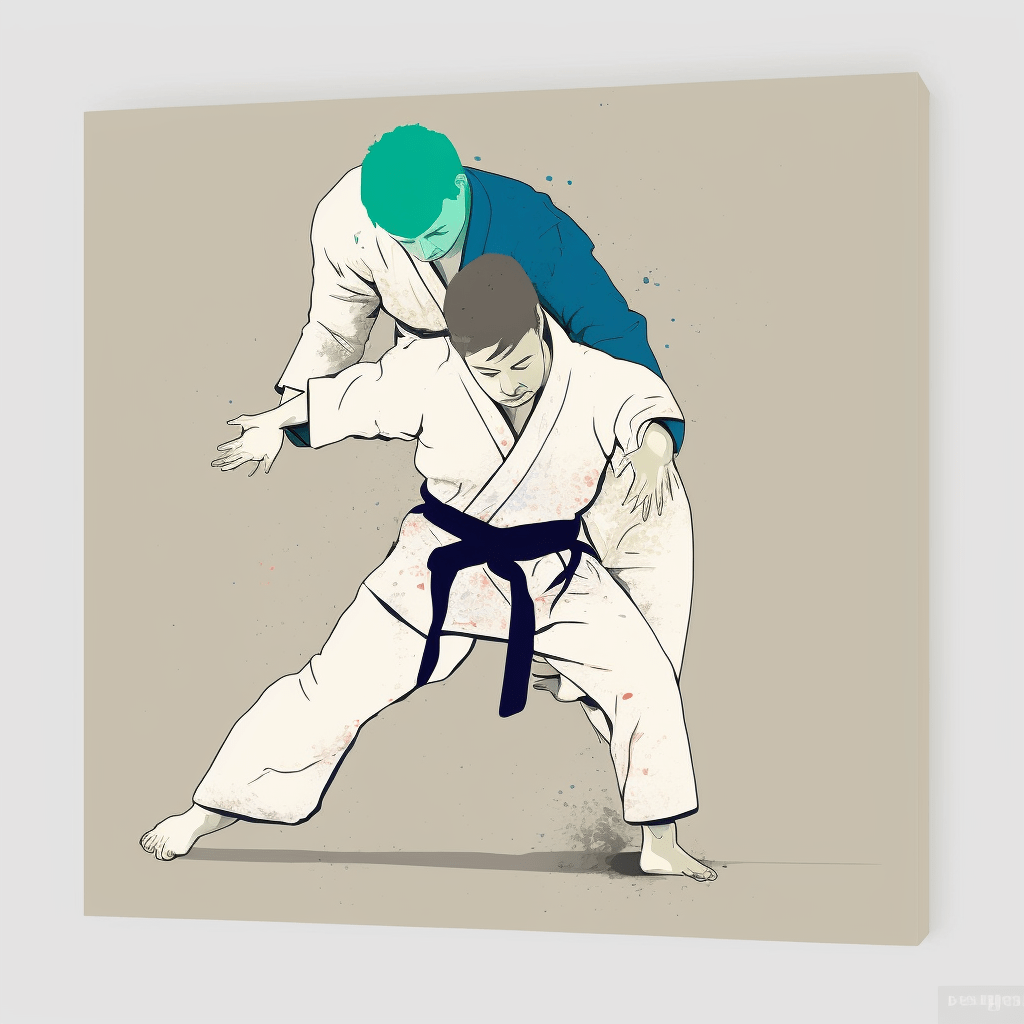
Chokes
We all know that judo is an incredibly effective martial art. One of its most important techniques is the use of chokes. Chokes are used to incapacitate an opponent by applying pressure to vulnerable joints, such as the elbow, shoulder, and knee.
They can be used quickly and efficiently to gain control over an opponent and keep them in a vulnerable position. However, they can be risky if applied incorrectly, which is why it is essential to train and practice the technique in order to use it effectively and safely.
Chokes can be used in both sport and self-defense applications, and their versatility makes them a powerful and formidable tool. While they can be dangerous if misused, judokas who know how to use them properly can use them to great effect.
It is important to understand the use of chokes in judo and the potential risks associated with them.
Strikes
We all know that judo is an incredibly effective martial art, and one of its most important techniques is the use of strikes.
Strikes are a form of self-defense that judokas can use to incapacitate an opponent by applying light pressure to vulnerable joints, such as the head, chest, and abdomen.
Judo practitioners can use a variety of striking techniques, such as punches, kicks, and elbow strikes, although they are limited by the rules of the sport.
Strikes in Judo are not meant to be powerful, but rather to distract and set up other techniques. Combining strikes with throws and submissions can create effective techniques.
It is important for practitioners to practice striking techniques in order to develop accuracy and timing.
v. Grappling
Judo is an effective martial art, and grappling is at the heart of it. A practitioner of the sport must be proficient in a variety of grappling techniques, such as throws, joint locks, and chokes, in order to take down an opponent. These techniques can also be used defensively, to control an opponent and prevent them from attacking or escaping.
Further, judokas must understand ground-based techniques, such as pins and submission holds, to gain an advantage over their opponent. Grappling techniques are predominantly offensive in nature, meaning the practitioner is actively trying to take down or submit their opponent.
It is clear that grappling is an essential part of judo and for practitioners to be successful, they must understand its techniques and strategies. How can judokas use these grappling techniques to their advantage?
Benefits
This blog post aims to explore the many benefits of practicing Judo. Physically, Judo helps to improve overall fitness levels, strength, and stamina. It also provides an outlet for stress relief, helps to develop mental focus, and increases self-discipline. Practicing Judo allows for effective self-defense in a variety of situations and helps to build relationships with other practitioners. Additionally, practitioners can benefit from spiritual growth and development. Judo can be a fun and enjoyable activity for practitioners of all ages.
Judo is more than just a physical activity; it is a way of life. The martial art helps to teach its practitioners self-control, respect, and discipline. Through regular practice, Judokas can improve their physical fitness, mental clarity, and overall well-being. Furthermore, Judo provides the opportunity to learn and develop a variety of techniques, from throws and pins to submission holds. As a result, Judokas can gain an advantage in their matches.
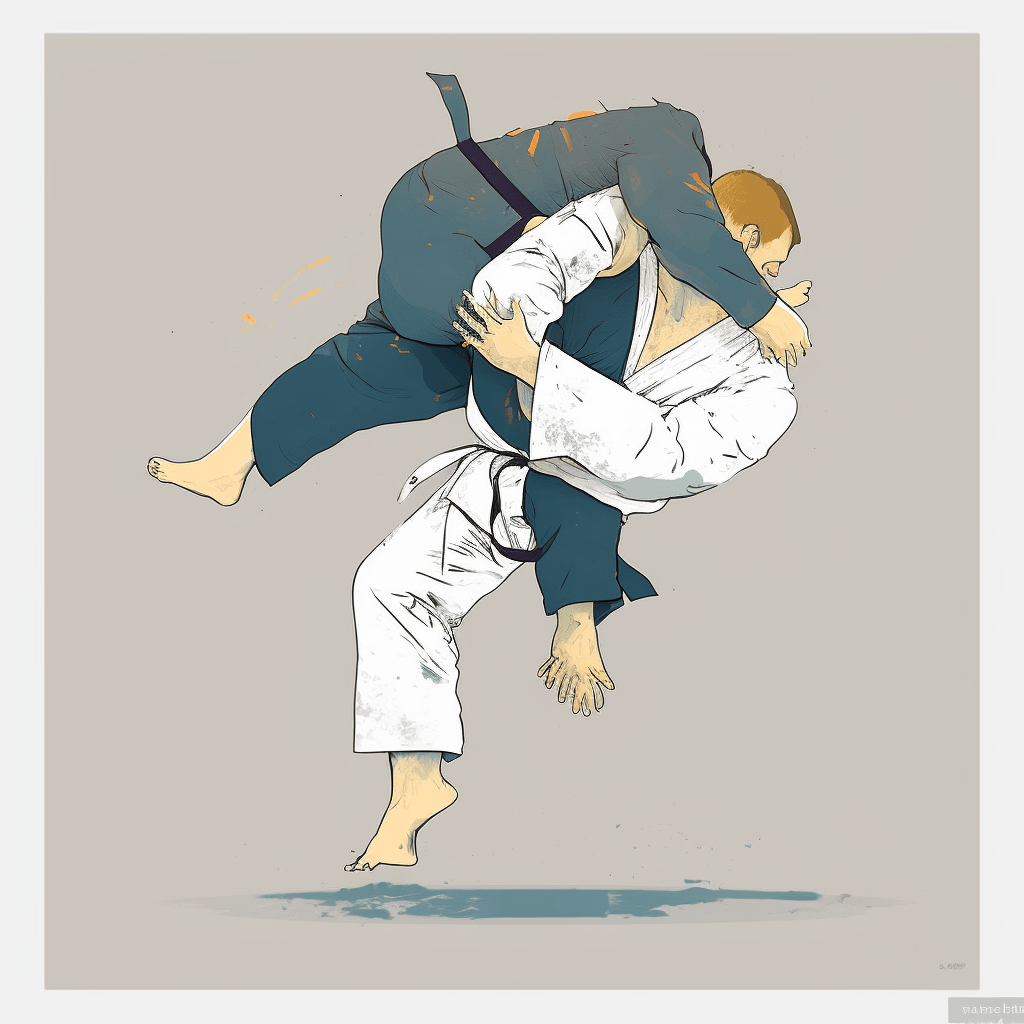
Self Defense
In Judo, practitioners are able to benefit from both physical and mental development. The physical component of Judo helps to improve overall fitness levels, strength, and stamina. The mental component of Judo enables students to develop the mental strength and focus to assess a situation quickly and respond appropriately.
Judo also teaches physical strength and agility, which can help in self defense situations, as well as balance and control. The martial art also encourages students to be aware of their environment and potential danger, preparing them for potential situations.
Furthermore, Judo provides students with a wide range of techniques to employ in self defense, including throws, joint locks, and holds. This martial art also encourages adaptability and creativity in self defense tactics, enabling students to think on their feet and adjust their strategy as needed.
Fitness
When it comes to physical fitness, Judo can provide a comprehensive full-body workout. Combining strength, endurance, and flexibility exercises, Judo has been proven to help improve coordination, balance, and agility. It also tones and strengthens core muscles, allows for effective calorie burning, and ultimately helps improve overall physical fitness.
Judo can also help individuals develop their mental strength and focus. It encourages students to be aware of their environment and potential danger, preparing them for different situations, and to think on their feet and adjust their tactics as needed. The martial art provides students with a wide range of techniques to employ in self defense, including throws, joint locks, and holds.
The combination of physical and mental training makes Judo an ideal form of self defense and fitness. The focus on adaptability and creativity in self defense tactics is what sets Judo apart from other forms of self defense, as it ensures that students are always ready and prepared.
Mental Strength
This article discusses the various ways that Judo can help to improve mental strength, resilience, concentration, confidence, perseverance, self-control, and mental toughness. Judo is a martial art that combines physical and mental techniques. It focuses on discipline and respect, providing practitioners with a strong foundation of mental strength.
The physical and mental training of Judo can help to build resilience, allowing practitioners to handle physical and psychological challenges. Concentration and focus can also be improved so that practitioners can remain aware and composed in difficult situations.
Judo can help to improve confidence and self-esteem, as well as develop perseverance and determination through practice. Self-control can also be taught, allowing practitioners to make rational decisions under pressure.
Examples of Successful Judo Practitioners
We can all look to successful Judo practitioners as examples of what can be achieved through hard work and dedication. Masato Uchishiba is an Olympic Gold Medalist who won gold in 2004 and 2008.
Kaori Matsumoto won gold in 2011 and was a World Champion. Ryoko Tani is a Former World Judo Champion who won seven World Championships from 1997 to 2007.
Yoshihiro Akiyama is a Notable judoka who competed in mixed martial arts. Kosei Inoue is a Young judoka who won gold in the World Junior Championships in 2007.
Kano Jigoro is an iconic Judo figure, as he is the founder of the martial art. All these practitioners have something in common: they have all devoted countless hours of training and honed their skills to reach their goals.
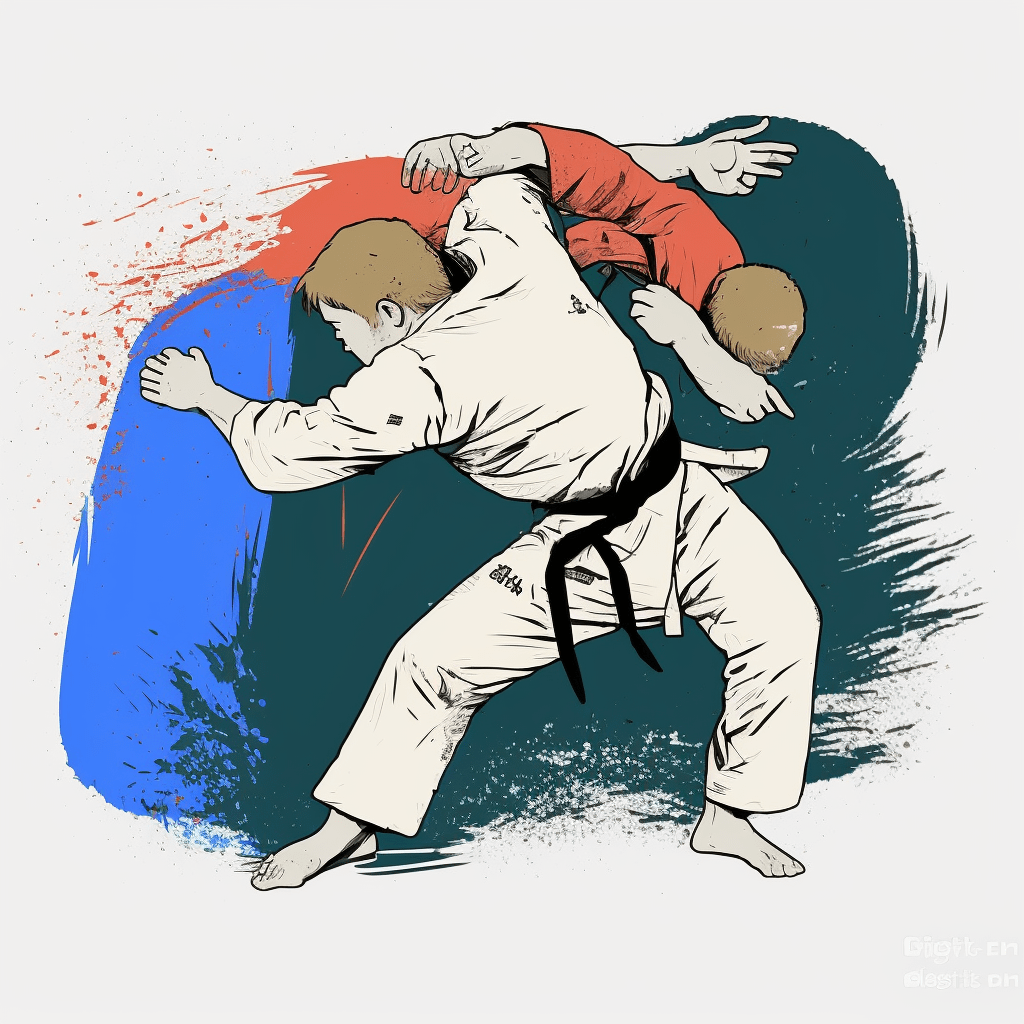
Summary
It is no surprise that Judo has become one of the most popular martial arts in the world. This ancient practice is known for its focus on throwing, grappling, and submission techniques.
But beyond the physical aspect of Judo, it also provides practitioners with invaluable self-defense skills. Judo is a great form of physical exercise that helps to build strength, agility, and balance.
It is also a very effective way of teaching practitioners how to take down an opponent safely and efficiently. Additionally, Judo provides practitioners with the skills to handle multiple attackers and defend themselves against punches, kicks, and even weapons.
Furthermore, it is an excellent way to gain confidence and learn important lessons in self-control.
Ultimately, Judo is an effective form of self-defense that gives practitioners the physical and mental tools to handle any dangerous situation.
FAQs
Is Judo a form of self-defense?
The answer is yes. Judo has been used for centuries as a martial art and form of self-defense, allowing practitioners to use their opponent’s energy against them to disable the attacker. This form of self-defense relies on the principles of leverage, balance, and momentum.
It is an effective form of self-defense because it does not require the use of weapons or brute strength. It is well-suited for individuals of all age, size, and strength levels.
With its combination of physical and mental components, Judo is an excellent form of self-defense that gives practitioners the tools to handle any dangerous situation.
Who are some well known Judo practitioners?
A Judo practitioner is a master of an ancient form of martial art. Throughout the years, Judo has been practiced by countless individuals, ranging from Olympic gold medalists to celebrities.
One of the most famous Judo practitioners is undoubtedly Olympic gold medalist, Judoka, and founder of Brazilian Jiu-Jitsu, Grandmaster Helio Gracie. He was renowned for his skill and technique, and his legacy continues to inspire Judo practitioners across the world.
Judo was also popularised by the legendary Masahiko Kimura, who was the first Judoka to defeat a Gracie in a Vale Tudo match. Other well-known Judo practitioners include Olympic gold medalists Kano Jigoro and Kano Kyuzo, as well as legendary judokas, Takahiko Ishikawa and Yasuhiro Yamashita.
In modern times, Judo is represented by numerous world champions, including Olympic champions such as Tadahiro Nomura and Ryoko Tani. Many modern-day Judokas are also active in mixed martial arts, including fighters like Ronda Rousey and Anderson Silva.
Judo is also popular among celebrities, with actors such as Chuck Norris and Jean-Claude Van Damme being practitioners.
What are the physical benefits of practicing Judo?
In the world of martial arts, Judo stands out as one of the most effective and beneficial disciplines. Those who practice Judo regularly will find themselves reaping a variety of physical benefits, from improved flexibility and balance to enhanced muscular strength and endurance.
Judo also provides an excellent cardiovascular workout, helping to strengthen the heart and lungs. Additionally, Judo can help to improve coordination and agility, while increasing core stability.
Finally, Judo is an excellent form of exercise, helping to improve body composition and aid in weight loss.
What are the mental benefits of practicing Judo?
Judo is an ancient martial art that offers a range of benefits, both physical and mental. How can it help to improve your mental wellbeing?
Practicing Judo can help to improve concentration and focus, as well as build self-confidence and self-discipline. It can also help to reduce stress and anxiety and improve problem-solving and decision-making skills.
Additionally, Judo can help to improve physical and mental health while fostering an attitude of respect, discipline, and perseverance.
v. How long does it take to be proficient in Judo?
In the martial art of Judo, proficiency does not come overnight. It requires consistent dedication and commitment from practitioners to reach a level of expertise. For beginners, it usually takes one to two years to reach a basic level of proficiency.
Those with more advanced goals may need to dedicate three to four years to become more proficient. Regular practice and drills are essential to honing skills and progressing in Judo. Instructors often suggest students practice for at least two to three hours a week.
Additionally, it is important to attend tournaments and competitions as often as possible to gain experience. Achieving proficiency in Judo requires an individual’s commitment and dedication.

